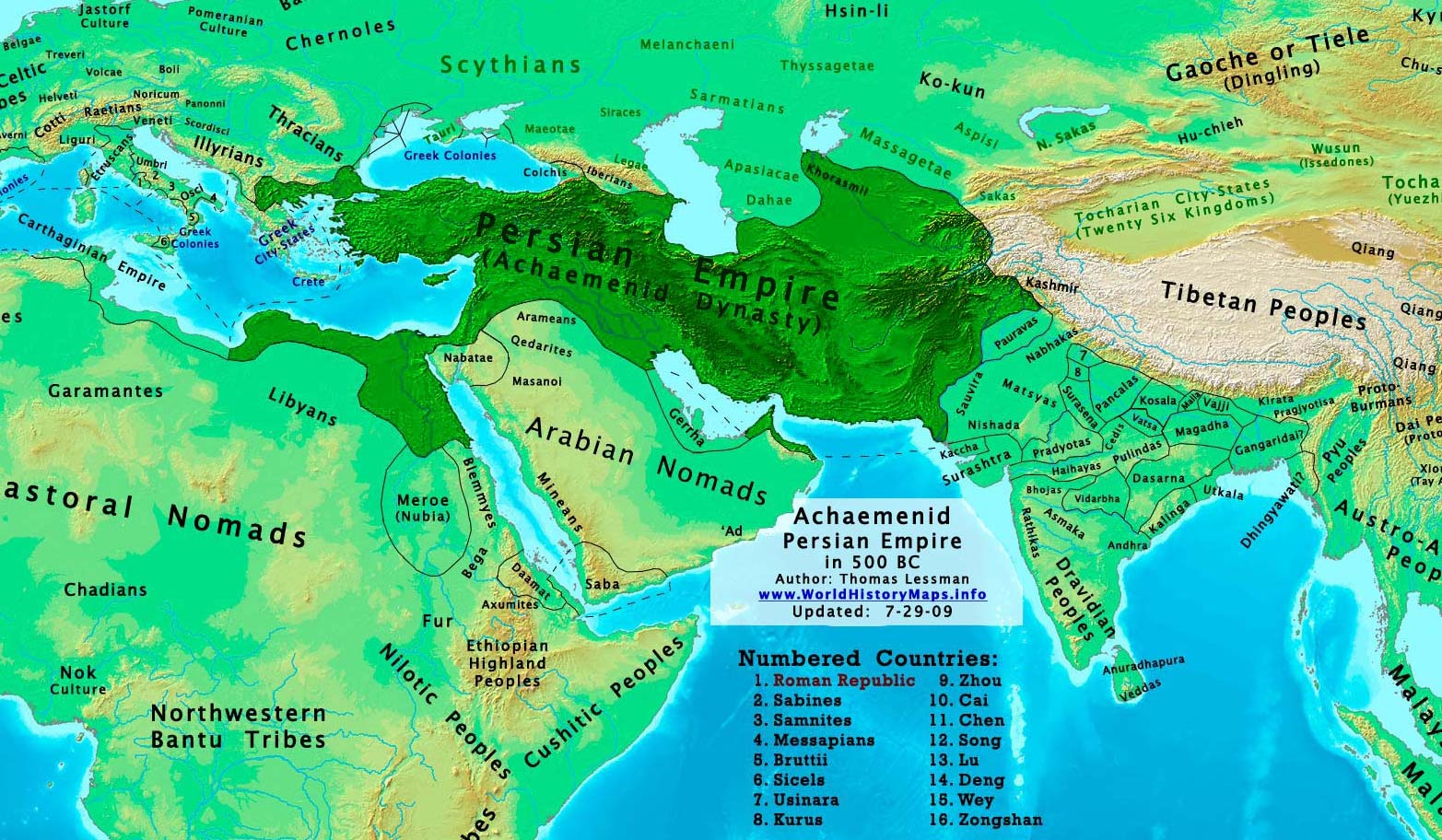

36: 22-23) referring specifically to the Jews in Babylon who were permitted to return to Judah, known in the Persian period as Yehud, and rebuild their temple. 2) which doesn’t mention Jerusalem, is echoed in the Hebrew bible several times (Ezr. This proclamation, known as the Cyrus Cylinder (Fig. He established several key cities throughout the empire as official Achaemenid capitals, which preserved the status of their socio-economic elites, and had also issued an edict that allowed peoples who were deported by the Neo-Babylonians to return to their homes, restore their temples, and practice their religions freely. In order to secure the loyalty of the various peoples that were now under the hegemony of the newly founded Persian empire, Cyrus decided to take a far more benign approach to that of the former Neo-Babylonian empire. It is unclear whether Cyrus conquered the southern Levant before or after Babylon, however it appears Egypt had managed to reestablish its dominance over the region for a short period of time beforehand. 539 BCE, the forces of Cyrus marched into Babylon and secured the vast territory of the Neo-Babylonian empire. He then continued west conquering Asia Minor before turning east to battle the Neo-Babylonians in the battle of Opis.

600-530 BCE), the founding father of the Persian empire, had managed to conquer the kingdom of Media. Sometime during the mid-6 th century BCE, Cyrus the Great (ca.

As Elam grew weaker due to its constant conflicts with Assyria, the Achaemenids became increasingly stronger and more independent. The Achaemenids, named after their mythological ancestor, Achaemenes, were an Iranian speaking group who had managed to establish an independent kingdom with its capitol Anshan in the territory of Elam in the 8 th century BCE. 1: Map of the Persian Empire under Darius I During the Persian period, the vast majority of the Ancient Near East came under the hegemony of the Achaemenid monarchs who founded the Persian Empire, the largest empire to that date, which in its heyday stretched from the Balkans through Asia Minor to eastern Asia (modern Afghanistan), and further south from Libya, through Egypt, the southern Levant, and Mesopotamia as far as the Hindus valley (Fig. It is considered both a biblical era, but also the beginning of the classical age. A time of strong cultural influences from both the east and the west. The Persian period in the southern Levant is a time of both continuity and profound change.


 0 kommentar(er)
0 kommentar(er)
